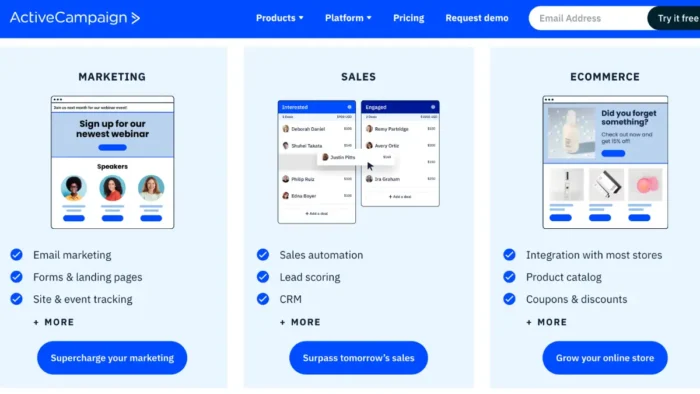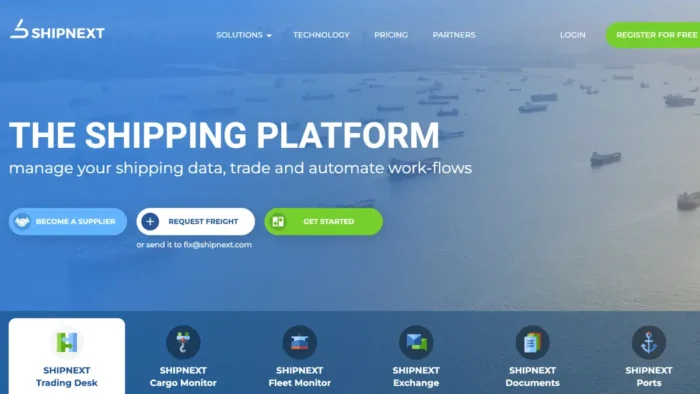Today, in an increasingly digital world, having software customized explicitly to your business’s unique needs isn’t just a luxury – it’s a necessity. Custom software can facilitate your processes, improve efficiency, and even drive innovation within your team. However, many businesses are discouraged by the possibility of creating tailored software. With the right approach, it doesn’t have to be a Herculean task.
In this guide, we’ll share seven indispensable tips to help you successfully manage the process of creating personalized software for your business.
1. Choose the Right Development Team
The success of your software, personalized according to your unique needs, will largely depend on the team behind its creation. You should seek out a dedicated software development team that has technical expertise and understands your business, industry, and unique needs. A quality development team can simply translate your own business objectives into functional software.
Look at industry experience because it is beneficial for anticipating challenges and incorporating specific features. You don’t want to base such important work on an inexperienced development team that will learn through mistakes on your project.
Also, effective communication with the development team is crucial. So, you must ensure your team is open-minded, provides clear updates, and responds promptly. You can also check client reviews and work samples for service quality and reliability.
2. Define Your Objectives for Customized Software Clearly
Before you start with software development, it’s really crucial to understand your business objectives or what you want to achieve and how the software will help you reach that.
You can start by outlining your goals with this new software. Whether automating a specific process, improving customer experience, or generating detailed reports, your objectives should be SMART (specific, measurable, achievable, relevant, and time-bound).
You clearly communicate your goals to ensure your development team fully understands your vision and goals. Well-defined goals will guide the development process, ensure focused efforts, and increase the likelihood of meeting your business requirements.
Remember, clear objectives reduce the risk of misunderstandings or unnecessary features that make the development process inefficient and costly.
3. Involve Stakeholders from the Beginning
Software that will be customized specifically for your business needs should involve input from all stakeholders if you want more effective results. All stakeholders can provide valuable input, as they often possess unique perspectives and insights that can shape the project’s direction. This includes not only your executive team but also end-users who will be interacting with the software on a daily basis.
Their feedback can help you identify essential features that must be included, those that are merely nice to have, and those that are unnecessary.
Regular meetings or brainstorming sessions with stakeholders can cultivate a sense of ownership and increase morale, giving you a more productive development process. Ultimately, their early involvement can ensure user satisfaction and lead to a more effective and efficient software solution.

4. Plan for the Scalability of Your Customized Software
The software you create today must be able to grow alongside your business. As your business evolves, so will its needs and processes. Therefore, planning for scalability from the beginning of the development process is crucial. This includes predicting future feature additions, user growth, and data storage requirements.
Scalable software can accommodate increased functionality and more significant amounts of data without compromising performance or user experience. So, suppose you consider scalability in the initial development stages. In that case, you can save time and costs in the long run by avoiding significant reworks or starting from scratch.
5. Prioritize User Experience
A simple, intuitive software design is crucial to user adoption and satisfaction. Your users will be interacting with this software on a daily basis, so it’s important to prioritize their experience in the development stages. You must ensure that your software has a user-friendly interface incorporating all relevant features.
Integrating user testing and feedback into the development process would be best to ensure the software meets users’ needs and expectations. Remember that a positive user experience can increase productivity, reduce training time, and improve overall satisfaction with the software.
6. Adopt Continuous Improvement for Your Customized Software
You must be aware that software development is an ongoing process, not a one-time event. As your business and industry evolve, your software also must keep up with these changes to stay effective. It’s essential to adopt a continuous improvement process by regularly monitoring software performance, addressing all user feedback, and incorporating new features or technologies.
This mindset allows you to constantly adapt and innovate, ensuring your software remains customized to your business’s changing needs. It also demonstrates a commitment to providing your team with the best tools for success, which can again increase morale and productivity.
7. Don’t Forget Maintenance and Support
It is crucial to have a plan in place for maintenance and support after your software is deployed. This includes bug fixes, updates, and user support. Your development team should be able to provide ongoing maintenance services to ensure the software continues to operate effectively.
Adequate support can also help you identify and resolve any issues that may arise and, in such a way, prevent potential disruptions to your business operations. By having a maintenance plan in place, you can ensure the longevity and effectiveness of your customized software solution.
Conclusion
By following these seven tips, you can successfully create customized software for your business that meets your unique needs and helps drive your success in the digital landscape.
Remember to choose the right development team, define your objectives clearly, involve stakeholders from the beginning, plan for scalability, prioritize user experience, adopt continuous improvement, and have a maintenance plan. With these tips in mind, you’ll be well on your way to maximizing efficiency and driving innovation within your business through custom software.





